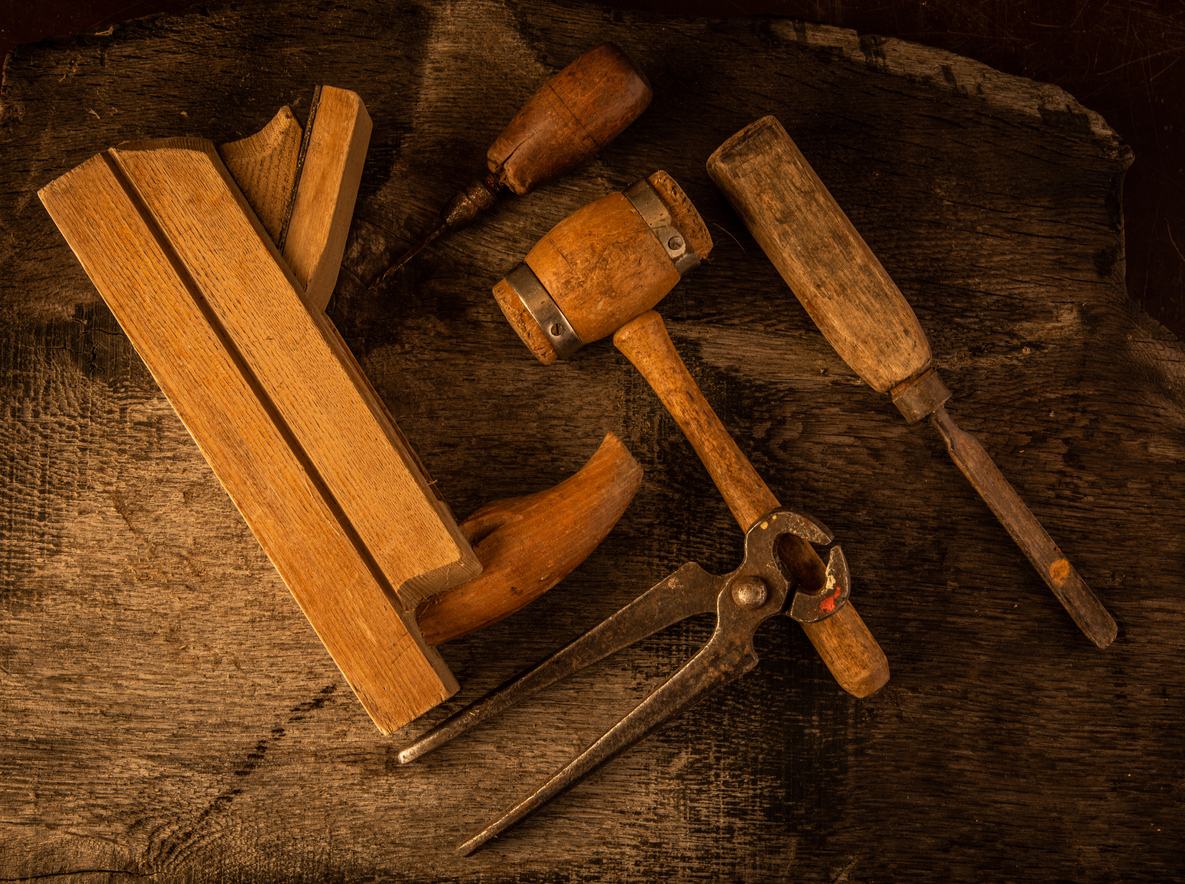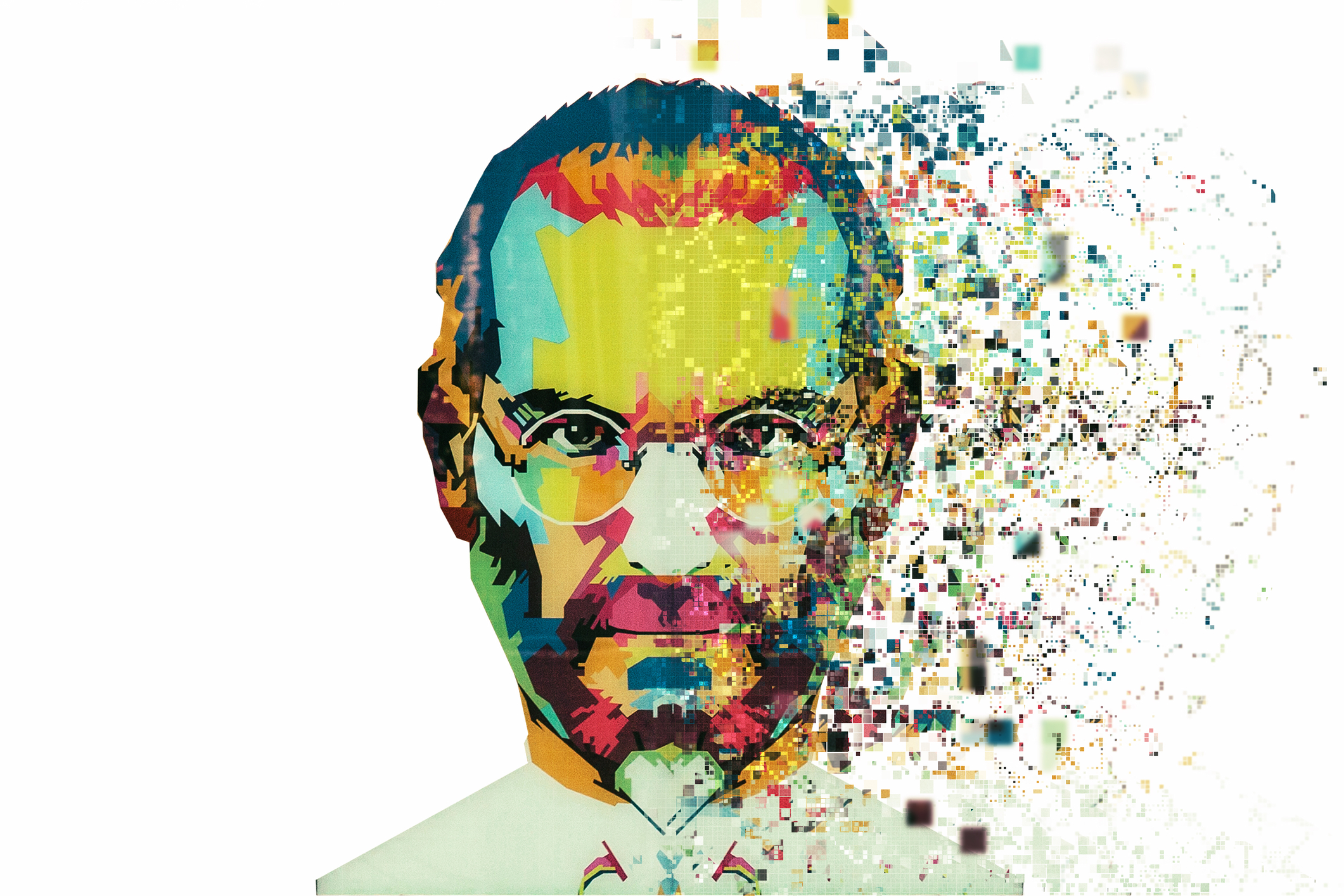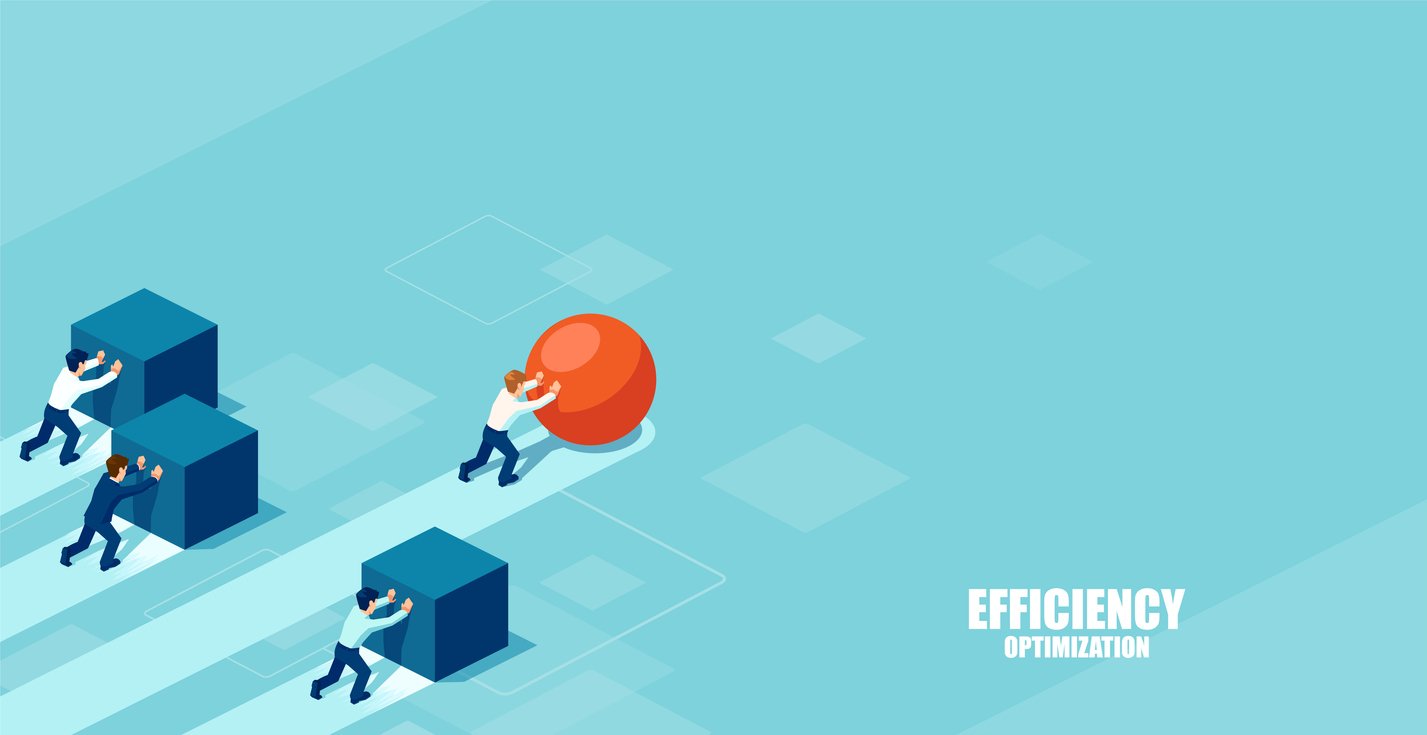John Myrna
My father could do anything around the house, plumbing, framing, electrical, you name it. He had his tool bench organized with each screwdriver and hammer in its place. He used the same tools for as long as I could remember. Screwdrivers worn down to the nub, chipped hammers, dull utility knives. He knew the feel of the handles, knew each tool's weakness and could accomplish amazing things with these worn tools.
But there was a cost. Stripped screws, bent nails, impromptu repairs. Each task took longer. Each task could easily become a source of frustration. Quality of life was diminished by maintaining the comfortable tools that could do the job but were no longer the best tools for the job. He never complained to me about this and I never realized how much harder his life was than it had to be until he passed.
In any legacy process you need to be willing to step back and look at the tools in use. Are they outdated? Is there a better way to accomplish the task? A new tool may cost a few dollars but the real value gained can far exceed a small expenditure and produce a better product.
It is never easy to let go of the well worn handle of a familiar screwdriver or the feel of the rusty pliers as they grip the nut you need to tighten but we need to be able to recognize that familiar isn't always best and just because it can do the job doesn't mean it should still be doing it.




